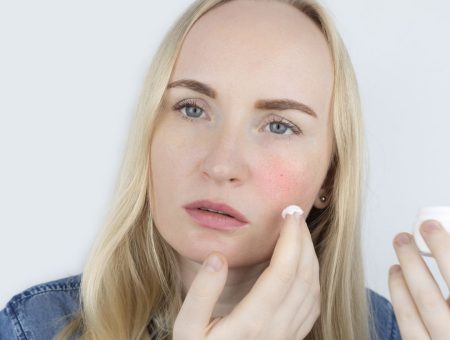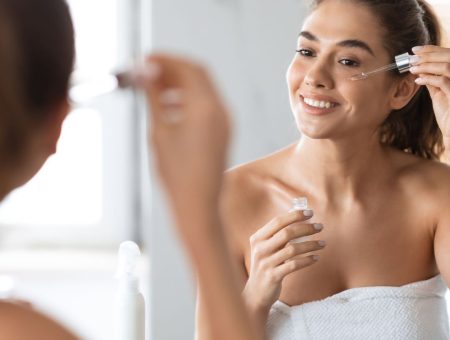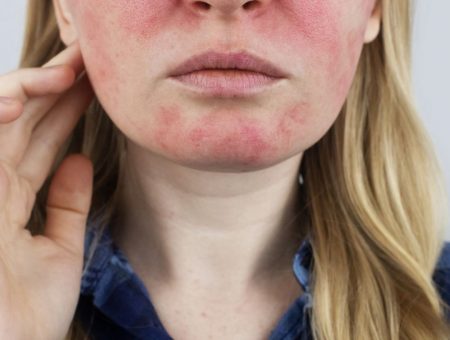In the vast world of skincare, every so often, a powerful duo emerges that redefines our regimen. Meet bakuchiol and hyaluronic acid—two ingredients that, when combined, promise a revolutionary approach to tackling dry skin woes. While bakuchiol paves the way with its retinol-mimicking wonders, hyaluronic acid steps in, ensuring hydration that goes deep beneath the surface. Intrigued? Well, you’re about to embark on a journey to discover how this potent pair might just be the missing piece in your skincare puzzle.
Understanding Bakuchiol & Hyaluronic Acid
A. What is Bakuchiol?
Hailing from the seeds and leaves of the babchi plant, native to the heart of India, bakuchiol has been a cornerstone in traditional Ayurvedic and Chinese medicine for centuries(source).
While it’s cherished for its myriad of therapeutic properties, in the world of skincare, it’s hailed as the “natural retinol.” Why? Because bakuchiol offers the rejuvenating effects similar to retinol, but without the often-associated irritation, making it a sought-after alternative for those with sensitive complexions(source).
B. What is Hyaluronic Acid?
Dive just beneath your skin’s surface, and you’ll find hyaluronic acid (HA) hard at work. A naturally-occurring molecule in our bodies, HA’s primary role is retaining water to keep our tissues well-lubricated(source).
In the skincare realm, hyaluronic acid has earned its reputation as the “hydration hero.” It can hold up to 1,000 times its weight in water, and when applied topically, it acts like a sponge, drawing moisture into the skin and keeping it there(source). Hence, it’s no surprise to find this powerhouse ingredient in a plethora of moisturizing products.

Benefits of Bakuchiol & Hyaluronic Acid for Dry Skin
Imagine a team where one player excels at creating opportunities while the other scores effortlessly; that’s the magic of bakuchiol and hyaluronic acid together. Bakuchiol, with its stellar skin regeneration capabilities, smoothens and renews the skin’s surface, addressing concerns like premature aging(source).
On the other hand, hyaluronic acid dives deep, delivering unparalleled hydration, ensuring flakiness and tightness become tales of the past(source). The culmination? A well-balanced skin environment where dryness doesn’t stand a chance.

How to Layer Bakuchiol and Hyaluronic Acid

Potential Side Effects
Every skincare symphony, no matter how beautifully composed, may occasionally hit a discordant note. Both bakuchiol and hyaluronic acid are generally lauded for their skin-loving properties, but there’s always a chance of an encore not resonating with everyone.
A few might experience mild irritation, redness, or itchiness, especially when introducing new actives into their repertoire(source). Before orchestrating a full-fledged routine, the maestro’s advice?
Conduct a patch-test. Apply a little product on a discreet skin area, like the inside of your wrist or behind the ear, and wait 24 hours. This simple prelude ensures the rest of your skincare concert flows seamlessly, harmonizing with your skin’s unique composition.


